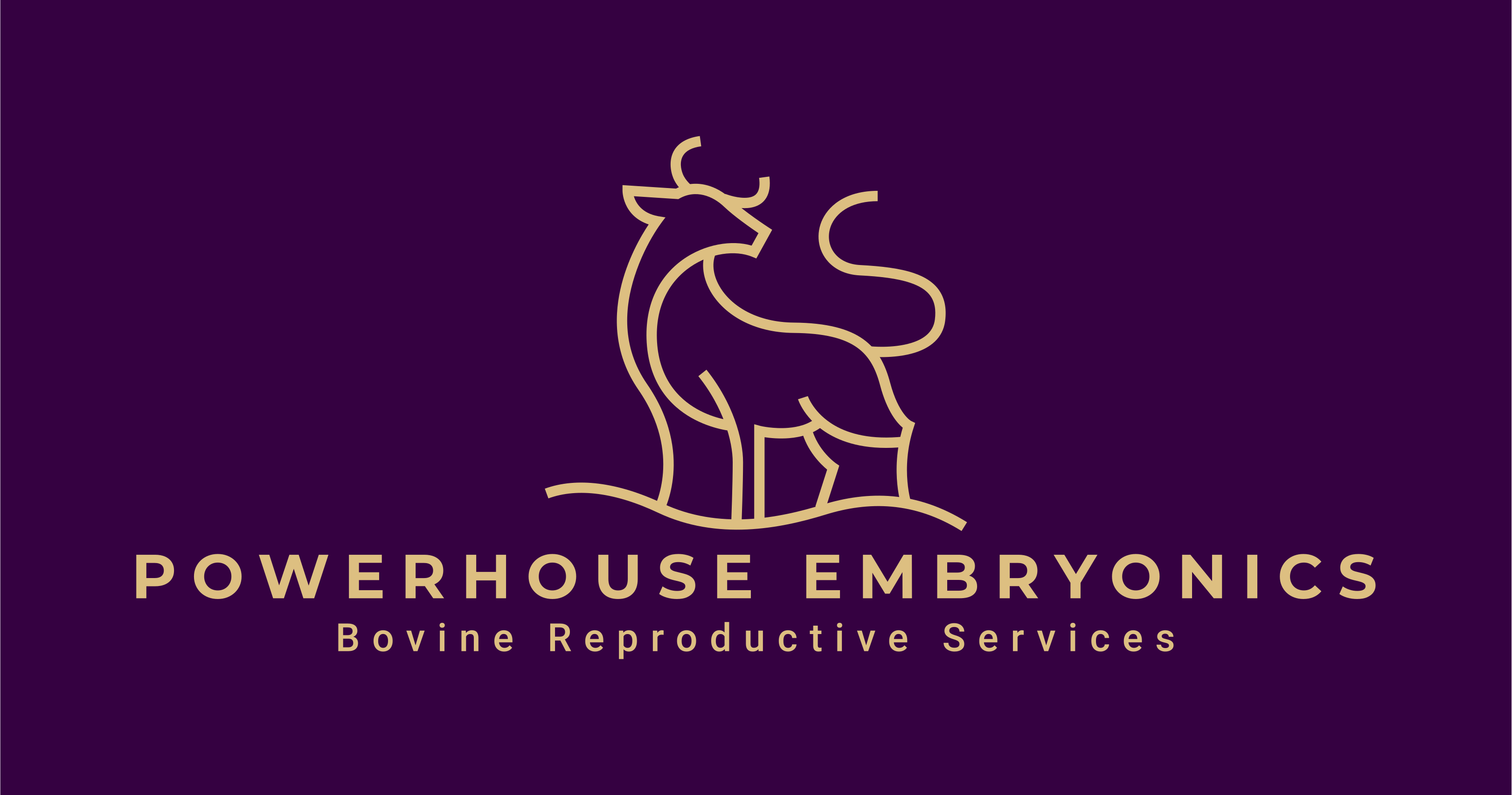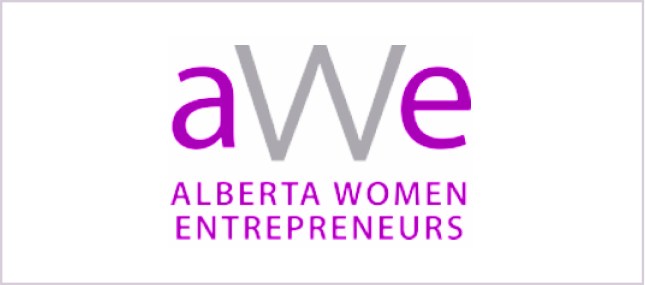CLONING
At Powerhouse Embryonics, our mission is to act with integrity to provide cutting-edge, innovative assisted reproductive technologies to cattle producers throughout Canada
Cell Collection
Collecting cells from the animal is a critical part of starting the cloning process.
How to collect DNA?
Our team will send you a DNA collection kit which will have everything needed to collect skin cells from your animal. After cell collection, it is important to keep the cells in the ideal environment and get them back to our lab as soon as possible
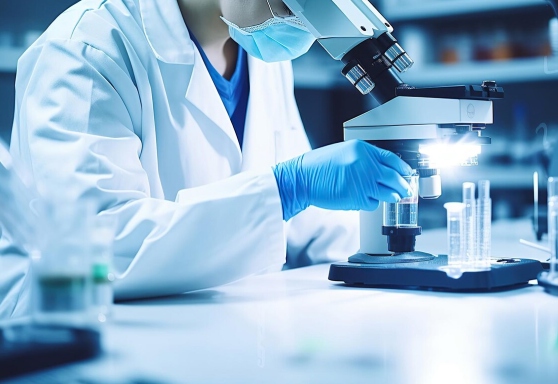

Genetic Preservation
The skin cells are converted into stem cells in the laboratory. Stem cells are able to differentiate into all the different body cells. Once cells reach confluency in the lab they are frozen and stored in liquid nitrogen. You can clone many times from this amount of cells.
This process can take up to 2 to 3 weeks before cells are at the freezing stage.
In the Lab
Genetic preservation is a great insurance policy. When stem cells are collected and frozen, cloning can take place at any time but your genetics are forever preserved. We recommend transferring cloned embryos into recipients as fresh embryos rather than freezing to increase success.
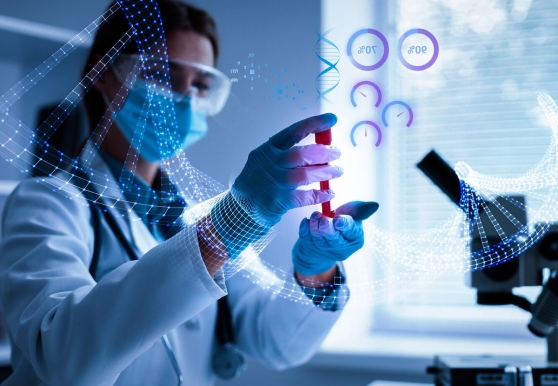
The Cloning Process
The word “cloning” is simply a term to describe Somatic Cell Nuclear Transfer (SCNT). Once cells are produced from the tissue sample provided by a genetic donor, they are combined with an enucleated oocyte (unfertilized egg with the nucleus removed) and fused together using a process called electrofusion. The resulting embryos are cultured and transferred into recipient animals after seven days.
The Live Clone
Cloning is a very inefficient process which is why we start with a large number of oocytes to produce a pregnancy. Our goal is to provide clients with a healthy 30 day old cloned animal.
Did you know that although clones have the same DNA as the donor animal, they may vary phenotypically? This means that the clone may have different coat pattern, size, or temperament than the original due to nutrition and environmental factors.
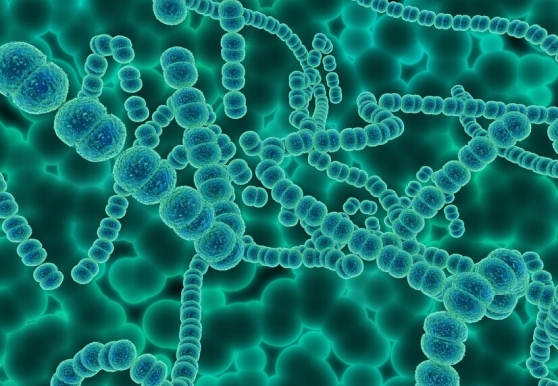
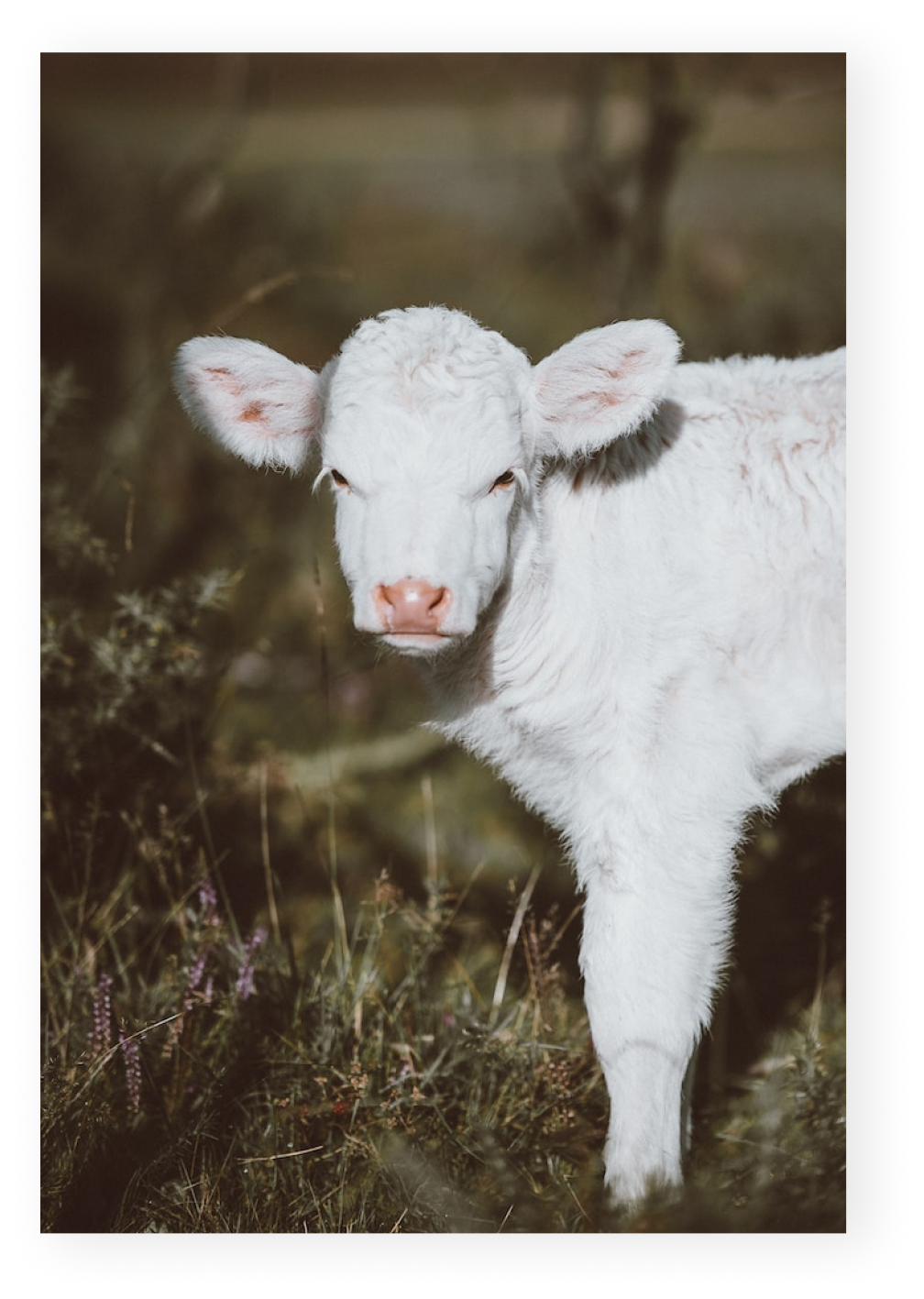

Contact Us
- 36 Wheatland Crescent, Provost, AB, Canada
- info@powerhouseembryonics.com
- Call Us : 780-753-1589
